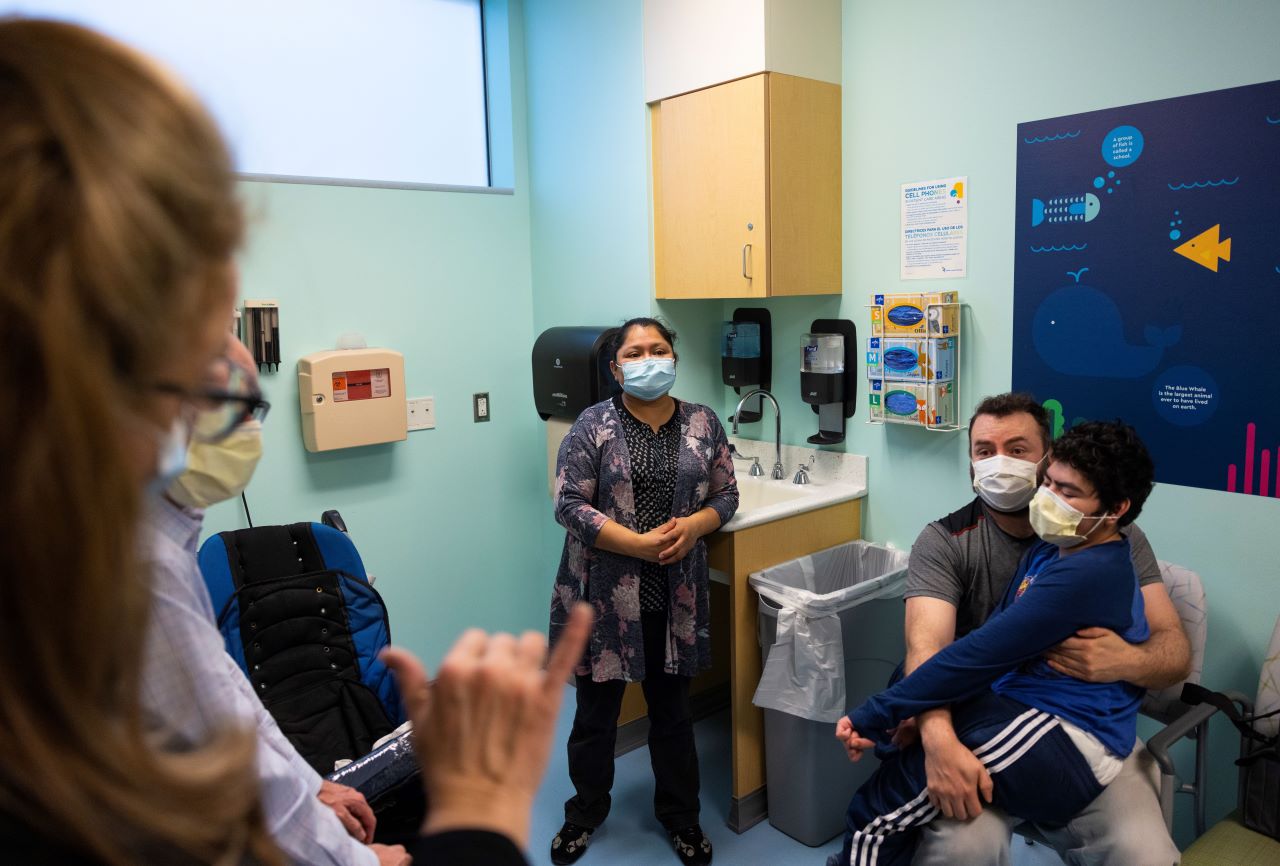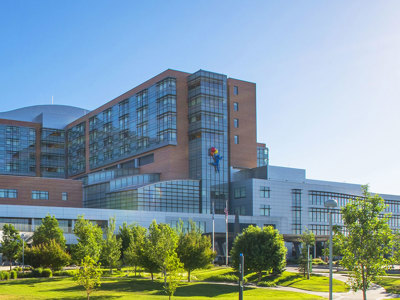- Doctors & Departments
-
Conditions & Advice
- Overview
- Conditions and Symptoms
- Symptom Checker
- Parent Resources
- The Connection Journey
- Calm A Crying Baby
- Sports Articles
- Dosage Tables
- Baby Guide
-
Your Visit
- Overview
- Prepare for Your Visit
- Your Overnight Stay
- Send a Cheer Card
- Family and Patient Resources
- Patient Cost Estimate
- Insurance and Financial Resources
- Online Bill Pay
- Medical Records
- Policies and Procedures
- We Ask Because We Care
Click to find the locations nearest youFind locations by region
See all locations -
Community
- Overview
- Addressing the Youth Mental Health Crisis
- Calendar of Events
- Child Health Advocacy
- Community Health
- Community Partners
- Corporate Relations
- Global Health
- Patient Advocacy
- Patient Stories
- Pediatric Affiliations
- Support Children’s Colorado
- Specialty Outreach Clinics
Your Support Matters
Upcoming Events
Colorado Hospitals Substance Exposed Newborn Quality Improvement Collaborative CHoSEN Conference (Hybrid)
Monday, April 29, 2024The CHoSEN Collaborative is an effort to increase consistency in...
-
Research & Innovation
- Overview
- Pediatric Clinical Trials
- Q: Pediatric Health Advances
- Discoveries and Milestones
- Training and Internships
- Academic Affiliation
- Investigator Resources
- Funding Opportunities
- Center For Innovation
- Support Our Research
- Research Areas

It starts with a Q:
For the latest cutting-edge research, innovative collaborations and remarkable discoveries in child health, read stories from across all our areas of study in Q: Advances and Answers in Pediatric Health.


Angel: How Medical Interpreters and Others Made Communication Easier for His Parents

At several points in Maria and Juan’s journey, members of our care team could have said, “I tried my best,” and moved on. But they never did. And now their son’s care is more complete than it’s ever been.
Their son, Angel, has several health issues related to his heart, breathing and kidneys and sees providers in our Special Care Clinic. Many Children’s Hospital Colorado experts care for him and his family and have for years. The family’s first language is Spanish, and his father Juan is deaf. Juan can communicate with some sign language but doesn’t do so regularly.
The combination of Angel’s complex care and communication challenges made it hard for Juan and our providers to connect and placed a huge burden on Maria.
“There were a lot of difficult conversations being had,” says Maria. “And having to deal with all the emotions and difficult information that I was receiving and then having to relay that to him (Juan) was really overwhelming for me.”
Communication challenges during care
When our team cares for Angel, we provide medical interpreters for Maria and have also provided American Sign Language (ASL) interpreters for Juan. But ASL interpretation wasn’t effective for Juan because he doesn’t use sign language enough to be fluent. Reading lips can help, but when all our providers were wearing masks during the coronavirus pandemic, that wasn’t an option.
This all meant that Maria had to convey complex medical information to Juan after they got medical updates or write everything down so he could understand what was happening. Our providers also tried to write down updates for him, but that didn’t move quickly enough or give him a full picture of his son’s care. It also meant that Juan couldn’t ask questions about Angel’s care in a timely manner.
Juan started to feel frustrated about communication and disconnected from his son’s care.
Without many obvious solutions to these communication challenges, Juan almost gave up and allowed this incomplete process of communication to continue. Our caregivers could have stopped looking for solutions.
But that wasn’t good enough for Angel, Juan and Maria.
Help from our hospital chaplain and social workers
One of the first turning points for the family came when they met one of our hospital chaplains, Paul Griego. He noticed what the rest of our care team did — Maria exhausting herself and Juan not as involved as he wanted to be. Paul also felt connected to the family because he was born deaf and has cochlear implants to help him hear.
His impact on the family was both emotional and practical.
Paul communicated with Juan via ASL and was able to connect with him personally because of their shared experience.
“When we met Paul, it was like being around family,” says Maria. “For my husband, it was someone he could get emotional support from.”
Paul could tell how much Juan cared about Angel’s treatment and was determined to find a better way for them to communicate. He suggested a Spanish transcription app he had used before. It transcribes what our interpreters say in Spanish and allows Juan to read the conversation that occurs during appointments.
The app helped, but the free version also came with a bunch of ads that got in Juan’s way and slowed communication. So, our social workers secured funds for the upgraded version.
“It was really helpful for ensuring the safety of our son and that we had access to everything that was going on,” says Juan.
While the app helped, it still made communicating slower than everyone would like and wasn’t a great way to communicate a lot of medical information to Juan. It also didn’t help Juan ask questions of our care team.
Again, our team could have stopped here. Again, they didn’t.
Connecting with a certified deaf interpreter
Communication with Angel’s family was better than it had ever been, but our interpreting team knew it could still be better. One of our ASL interpreters, Calene Carrano, suggested working with a certified deaf interpreter (CDI). These interpreters work alongside ASL interpreters and use unique signs that aren’t part of ASL to communicate with people who are deaf. Adding a CDI to Angel’s appointments was the final breakthrough for Juan and Maria.
“There were times when I didn’t understand what machines my son was having to use and why,” says Juan. “The doctors explained that to my wife, but I didn’t have access to that information in the moment. So once I had access to a deaf interpreter, I was able to understand what was going on. I was able to ask questions and then I was fully involved in my son’s care.”
It was an important step to help Juan not only communicate but feel valued.
“Calene didn’t stay limited by what she was facing,” says Maria. “She sought out a person who is just like my husband and was able to communicate in the same fashion as my husband.”
The difference was immediate. Paul noticed how much Juan’s shoulders relaxed as the stress left his body. Juan asked more questions — great, detailed questions. He told the medical team how strong Angel was. Maria got to focus on her son’s health and not on taking pages of notes.
Now, Angel’s appointments look like an incredible star pattern of communication and skill. Our medical interpreter translates from our providers to Maria. At the same time, our ASL interpreter communicates via sign language to the CDI, who communicates to Juan. Juan can then communicate back through that same chain and our ASL interpreter conveys his thoughts or questions to our providers and medical interpreter, who then passes that along to Maria.
It all happens within seconds so everyone is on the same page in the moment, and no question goes unasked or unanswered.
“It’s extremely valuable that the hospital has been able to provide that for him because not every patient and not every parent can express themselves in the same manner,” says Maria.
Nancy Casillas has been a medical interpreter for Maria for years and the first time she worked with the CDI and ASL interpreters in the same appointment it was like unlocking a door they’d all been trying to push open for a while.
“It was just an incredible experience,” says Nancy. “It honestly made my day, and it was a great reminder of why I love interpreting.”
Everyone involved in Angel, Maria and Juan’s care brought their own skills, experience and creativity to this challenge. And they all carried two central ideas throughout their work: we care for the whole family, and we don’t stop until we find the best solution for that family.
“This is not just about healing, but wholeness,” says Paul. “This situation really spoke to our values. We need to care appropriately for people who are differently abled, because we’ll all be differently abled at some point.”



 720-777-0123
720-777-0123











